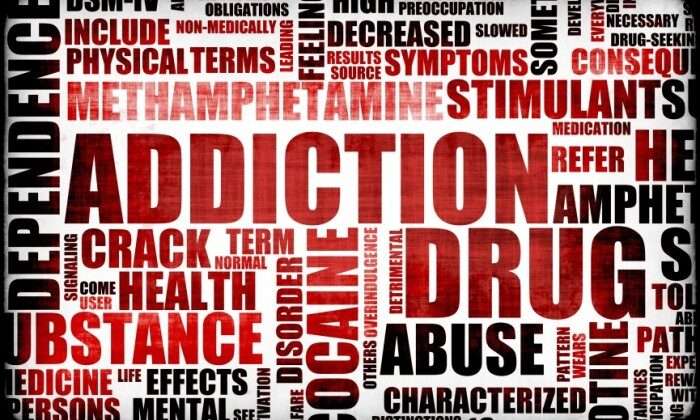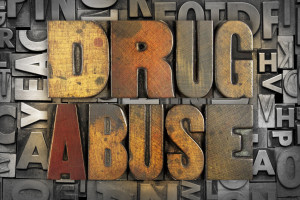“An over-indulgence of anything, even something as pure as water, can intoxicate.” This quote by Criss Jami is even worse for drug medications. The following excerpt shows the dangers of a drug overdose.
On June 2, 2016, the Midwest Medical Examiner’s Office listed Prince’s cause of death as accidental fentanyl overdose1. Prince Rogers Nelson’s death was the tragic final chapter to a brilliant performer who enriched the world with his music. Unfortunately, Prince’s death from a fentanyl2 overdose is the latest sign of the opioid epidemic in the United States says the Center for Disease Control and Prevention (CDC).
Jay Harold has previously talked about the opiate overdose problem in the United States. The reasons why people overdose on opioids are apparent to Jay Harold. For example, you have chronic pain in your knees or have had a hip replacement surgery and take an opioid (Norco, Dilaudid, Morphine, Fentanyl) for pain relief. Over time, people become tolerant to the effects of the medication and increase the dosage without the consent of the doctor.
They forget about the side effects of opioids and take these medications longer than they should. A recent study3 shows that 53 percent of knee patients and 35 percent of hip patients were still taking the narcotics six months after their surgery.
Opioids (including prescription opioid pain relievers and heroin) killed more than 28,000 people in 2014, more than any year on record. At least half of all opioid overdose deaths involve a prescription opioid4.
Drug overdose deaths in the United States hit record numbers in 2014
More people died from drug overdoses in 2014 than in any year on record. The majority of drug overdose deaths (more than six out of ten) involve an opioid.5 And since 1999, the rate of overdose deaths involving opioids (including prescription opioid pain relievers and heroin) nearly quadrupled. From 2000 to 2014 close to half a million people died from drug overdoses. 78 Americans die every day from an opioid overdose.
We now know that overdoses from prescription opioid pain relievers are a driving factor in the 15-year increase in opioid overdose deaths. Since 1999, the amount of prescription opioids sold in the U.S. nearly quadrupled, yet there has not been an overall change in the amount of pain that Americans report. Deaths from prescription opioids—drugs like oxycodone, hydrocodone, and methadone—have also quadrupled since 19996.
Heroin use is Trending Up!
From 2002–2013, past month heroin use, past year heroin use, and heroin addiction have all increased among 18-25-year-olds. The number of people who started to use heroin in the past year is also trending up. Among new heroin users, approximately three out of four report abusing prescription opioids before using heroin. The increased availability, lower price, and increased purity of heroin in the US have been identified as possible contributors to rising rates of heroin use. According to data from the DEA, the amount of heroin seized each year at the southwest border of the United States was approximately 500 kg during 2000–2008. This number quadrupled to 2,196 kg in 2013.
Heroin-related deaths more than tripled between 2010 and 2014, with 10,574 heroin deaths in 2014. The largest increase in overdose deaths from 2013 to 2014 was for those involving synthetic opioids (other than methadone), which rose from 3,105 deaths in 2013 to 5,544 deaths in 2014. One of these synthetic opioids, illegally-made fentanyl, drove the increase. It was often mixed with heroin and/or cocaine as a combination product—with or without the user’s knowledge7.
Preventing Overdose Deaths
We need to improve prescribing of opioids, expand treatment of addiction, and reduce access to illegal opioids.
- Improve opioid prescribing to reduce exposure to opioids, prevent abuse, and stop addiction.
- Expand access to evidence-based substance abuse treatment, such as Medication-Assisted Treatment, for people already struggling with opioid addiction.
- Expand access and use of naloxone—a safe antidote to reverse opioid overdose.
- Promote the use of state prescription drug monitoring programs, which give health care providers information to improve patient safety and prevent abuse.
- Implement and strengthen state strategies that help to avoid high-risk prescribing and prevent opioid overdose.
- Improve detection of the trends of illegal opioid use by working with state and local public health agencies, medical examiners and coroners, and law enforcement.
The recent death of a famous person highlights the fact that drug medications can have fatal adverse effects when abused. Always read the information supplied with the drug and call a healthcare professional if you have questions. Additional information call be found from substance abuse agencies8.
Jay Harold would like to thank the Centers for Disease Control and Prevention for providing this valuable health information. Click this link to get free Health and Wealth information to improve your life. Play the free “Slow Roll Through Civil Rights” Game found on the Jay Harold website. Enjoyed this post? Share it and read more here.
Bibliography
- http://www.startribune.com/read-the-medical-examiner-s-report-on-prince-s-cause-of-death/381684631/
- https://www.nlm.nih.gov/medlineplus/druginfo/meds/a605043.html
- http://www.cdc.gov/drugoverdose/
- https://www.nlm.nih.gov/medlineplus/news/fullstory_159194.html
- http://www.cdc.gov/drugoverdose/epidemic/index.html
- http://www.cdc.gov/drugoverdose/epidemic/index.html
- http://www.cdc.gov/drugoverdose/epidemic/index.html
- http://www.samhsa.gov/atod/opioids





